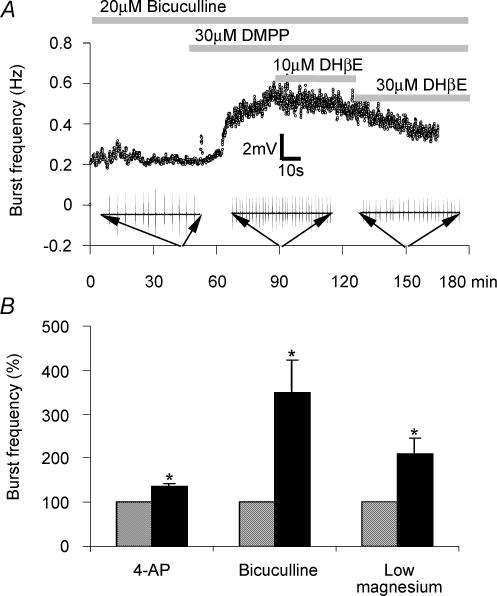Figure 3. Pharmacological activation of nicotinic acetylcholine receptors modulates synchronized bursting activity in area CA3.
A, scatter plot showing instantaneous burst frequency in response to continuous 20 μm bicuculline-induced disinhibition. Following a period of stable burst frequency, application of the selective nAChR agonist DMPP (10 μm) as indicated by the horizontal bar results in a pronounced burst frequency potentiation which is reversed upon subsequent coapplication of the selective nAChR antagonist dihydro-β-erythroidine (30 μm). B, bar chart showing that pharmacological activation of nAChRs produces a significant enhancement of CA3 pyramidal bursting brought about by a range of pharmacological regimes including direct excitation of CA3 neurones through potassium channel blockade-induced depolarization (4-aminopyridine, 10–30 μm 4-AP), reduction of fast GABAergic inhibition (20 μm bicuculline) and potentiation of NMDA receptor-mediated excitation (0 mm Mg2+ perfusion medium). Methodological details given in Roshan-Milani et al. (2003) from which B is reproduced from Epilepsy Research, 56, Roshan-Milani et al., Regulation of epileptiform activity in hippocampus by micotinic acetylcholine receptor activation. 51–65 © 2003 with permission from Elsevier.

